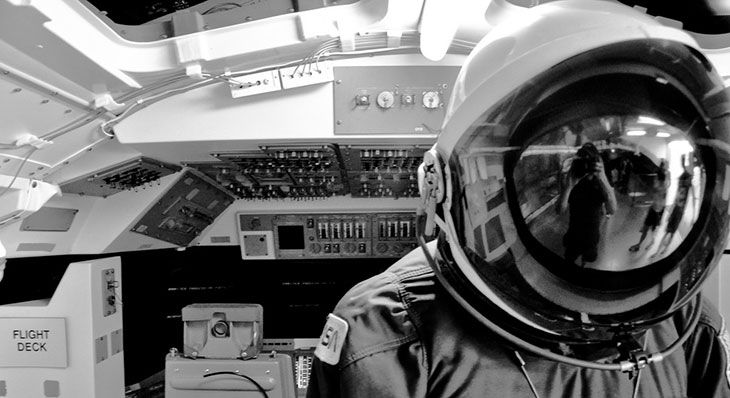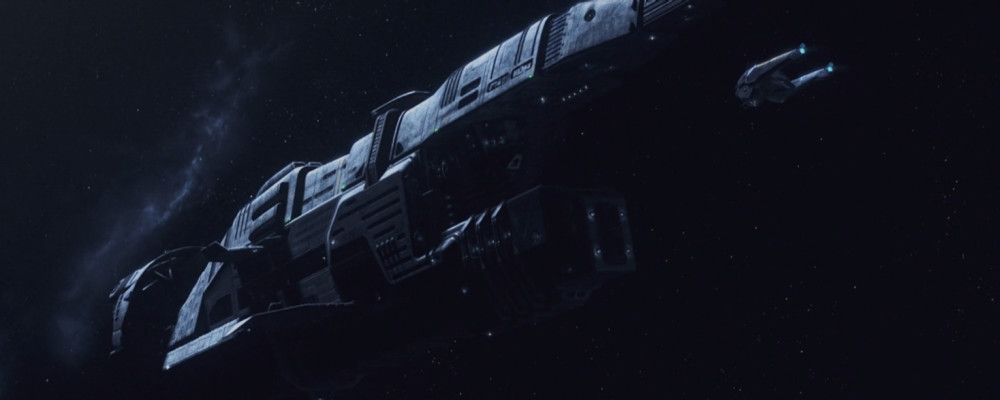International Audacious SpaceInitiative Partners with Brussels-Based ISC Intelligence to Support EU’s Horizon 2020 Research and Innovation Goals to Meet Global Challenges on Earth
BRUSSELS/HOUSTON, March 5, 2015 – 100 Year Starship™ (100YSS™), an independent, long-term global initiative working to ensure that the capabilities for human interstellar travel, beyond our solar system to another star, exist within the next 100 years today announced the establishment of its hub in the European Union. The inaugural 100YSS@EUä Hub debuted at the ES:GC2 (European Science: Global Challenges Global Collaboration) Conference held by the Brussels partner ISC Intelligence.
The 100YSS@EU Hub will further the 100YSS mission and facilitate robust transatlantic and international collaboration in research and innovation, science, technology, engineering, and mathematics (STEM) capacity building, entrepreneurship and education projects between organizations, companies, universities and individuals, as well as support the objectives of the EU’s Horizon 2020. The U.S.-based 100YSS began with a competitive seed-funding grant from DARPA (Defense Advanced Research Projects Agency).
Horizon 2020 is the largest EU Research and Innovation programme ever and is aimed at implementing the Innovation Union, a Europe 2020 flagship initiative designed to secure Europe’s global competitiveness.
The 100YSS@EU HUB, a partnership between 100YSS and ISC Intelligence in Science, a Brussels-based science and technology public policy firm, will support the European Union’s commitment to enable European competitiveness, non-dependence, and innovation in space activities and the application of space exploration technologies to address many of the global challenges confronting the world today.
“As history has proven, when we explore space, we garner the greatest benefits here at home—witness the widespread use of GPS, weather data, remote sensing for farming, MRI scans,” said former NASA astronaut, engineer and physician Dr. Mae Jemison, who leads 100YSS. “The raison d’etre of 100YSS is to foster radical leaps in knowledge, technology design, and human systems by using the framework of human interstellar travel to enhance life on earth.”
“The challenges we face travelling beyond our solar system to another star – be it energy, massive data handling, sustainable agriculture, education, financial infrastructure, life support, governance or recyclable clothing — will generate transformative research, knowledge, technology and solutions that will dramatically benefit every nation on Earth in the near term and years to come.”
“The European Union has identified space as a key programme area in Horizon 2020. Building the kind of robust space enterprise the EU envisions, requires transatlantic science collaboration, the very potent ingredient the 100YSS@EU HUB offers us,” said Declan Kirrane, Managing Director, ISC Intelligence in Science.
According to Kirrane, the 100YSS@EU Hub will support the EU’s research and exploration projects through a variety of initiatives. They include collaborative international projects in basic sciences and cutting edge space technology and their commercial application including in developing countries; support of bold STEM initiatives such as R&D and innovation accelerator centers; transdisciplinary programs and workshops; international advocacy and best practice STEM education programs; and robust outreach that galvanizes public support.
The 100YSS@EU Hub marks the first such Hub created by 100YSS. Another Hub is soon to be established in South Africa with the Da Vinci Institute.
Both Hubs are part of a global network of research and innovation centers 100YSS is building whose activities include transatlantic collaborations and partnerships with Africa and other emerging regions. The centers partner with governments, industry, academia, and social sector organizations worldwide.
Led by Dr. Jemison, 100YSS is an inclusive initiative. It fosters an approach that first recognizes and then both optimally employs and develops the skills, talents, expertise and perspectives of individuals across gender, ethnicity, race, geography and disciplines. As the first African American woman to travel in space (1992’s Space Shuttle Endeavour), Dr. Jemison brings to her leadership role her vast experience as an engineer, physician, former Peace Corps medical officer, and entrepreneur. Jemison is joined in 100YSS by an impressive cadre of physical, life and social scientists, engineering researchers, entrepreneurs, policy experts, educators and university professors, media professionals, writers and artists.
ABOUT 100 YEAR STARSHIP
100 Year Starship® (100YSS), an independent, non-governmental, long-term initiative to ensure the capabilities for human interstellar flight exist as soon as possible, and definitely within the next 100 years. 100YSS was started in 2012 with seed-funding through a competitive grant from DARPA (Defense Advanced Research Projects Agency) and support from NASA (National Aeronautics and Space Administration) for the purpose of fostering the type of explosive innovation and technology and social advances born from addressing such an incredible challenge. 100YSS is part of the Dorothy Jemison Foundation for Excellence. For more information, visit www.100yss.org.
On social media:
Facebook: www.facebook.com/100YearStarship
Twitter: @100YSS
ABOUT ISC Intelligence
ISC is a Brussels-based communication firm specialized in science, technology and R&D research and policy. ISC provides intelligence on science and innovation policy and programs and has over a decade of experience in science communication at the European and international levels. For more information, visit http://www.iscintelligence.com/.
On social media:
Twitter: @iscintelligence
ISC Contact:
Declan Kirrane
ISC Intelligence in Science
[email protected]
+32 (0) 2 88 88 109
www.iscintelligence.com
100YSS Contact:
Stephanie Hornback/Cynthia Carway
Carway Communications, Inc.
[email protected]
212−378−2020




